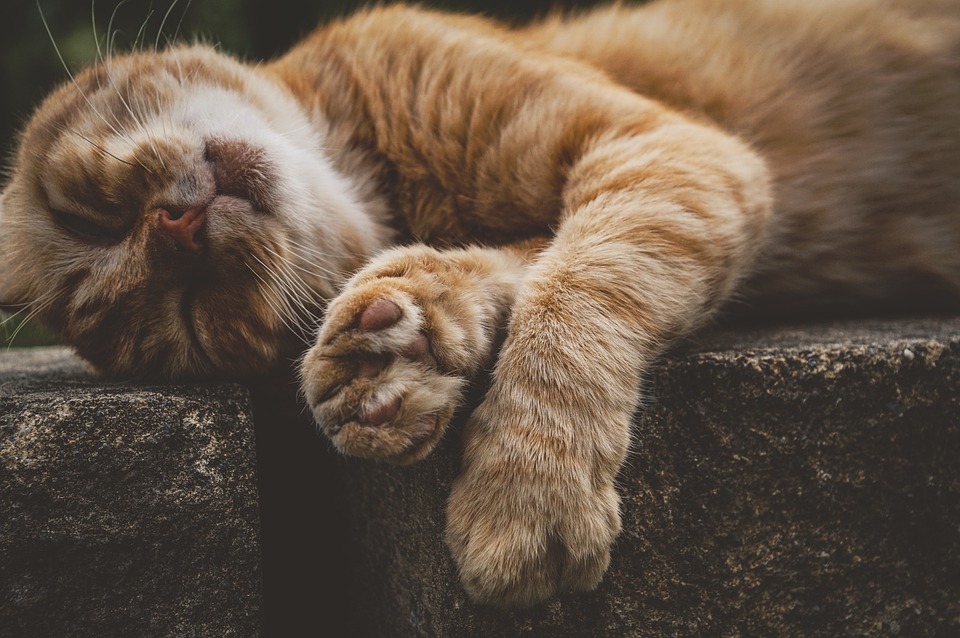Understanding the Meaning of a Tucked Tail in Dogs: Decoding Feline Body Language
Unveiling the Messages Behind a Dog’s Tucked Tail and Its Importance for Pet Owners
Introduction:
Cats, with their captivating personalities, have a unique way of communicating their feelings. Their body language serves as a key to understanding their emotions and intentions. One such indicator is the position of their tail. In this article, we will delve into the meaning of a tucked tail in dogs, deciphering the messages it conveys and providing valuable insights for cat owners. Let’s explore!
The Tucked Tail: A Window into a Cat’s Mind
Understanding the Basics:
– The Anatomy of a Cat’s Tail
– Tail Positions and Their Significance
Interpreting a Tucked Tail:
– Fear and Anxiety: The Primary Driver
– Stress and Agitation: Unveiling Emotional Turmoil
– Submission and Submissiveness: A Defensive Gesture
– Pain or Injury: A Silent Cry for Help
– Illness or Medical Issues: A Red Flag
– Trust and Comfort: An Unexpected Twist
FAQs: Unveiling Common Queries about a Cat’s Tucked Tail
1. Why does my cat tuck its tail when scared?
– Exploring the instinctive fear response in cats
2. How can I differentiate between a tucked tail due to fear and other emotions?
– Observing additional body language cues for a comprehensive analysis
3. Can a tucked tail indicate aggression in cats?
– Distinguishing between defensive gestures and aggressive behavior
4. Should I be concerned if my cat’s tail is always tucked?
– Identifying potential underlying health issues or chronic stressors
5. How can I help my cat when it tucks its tail due to anxiety?
– Proven techniques to alleviate stress and create a safe environment
6. Is a tucked tail the same in all cat breeds?
– Considering breed-specific variations in tail communication
7. Can a cat’s tail position change throughout the day?
– Factors influencing tail behavior and variability in communication
8. Are there any other body language cues I should be aware of besides the tail?
– Understanding the holistic feline communication system
9. When should I seek veterinary assistance if my cat consistently tucks its tail?
– Recognizing when a tucked tail may signify an underlying health issue
10. How can I promote trust and comfort in my cat to prevent excessive tail tucking?
– Building a bond based on trust and creating a stress-free environment
Conclusion:
A tucked tail in cats can provide valuable insights into their emotional state, ranging from fear and anxiety to trust and comfort. By familiarizing ourselves with the different messages a cat’s tail can convey, we can better understand and cater to their needs. Remember, effective communication is the key to a strong human-feline bond. Stay attuned to your cat’s body language, including their tucked tail, and provide them with the love and care they deserve.
*Disclaimer: The information provided in this article is for educational purposes only and should not replace professional veterinary advice. If you have concerns about your cat’s behavior or health, consult with a qualified veterinarian.*








